The Lats are the Glutes of the Upper Body
So I know I haven’t really written a lot here lately, but that’s because I’ve been busting my butt on a couple of big projects that are getting close to finalization and will hopefully be able to release soon. Here’s one of them:
So in light of my lack of writing, Travis Pollen of Fitness Pollenator put together a very in depth and research-heavy post for me today, and I think you’ll get a ton of value from it.
*****
Not only does a killer pair of lats provide the V-shaped upper body many ladies and gentlemen aspire to, but it also aids in the performance of numerous upper and lower body movements. From obvious exercises in which the lats act as prime movers (i.e. pull-ups and rows) to less obvious ones in which the lats serve an auxiliary role (i.e. deadlifts, squats, and even bench press), strong lats are tantamount to high performance.
In order to understand their importance, let’s briefly review the anatomy and function of the latissimus dorsi. The lats span from pelvis to shoulder bilaterally, originating diffusely over the lower portion of the torso (thoracic vertebrae 7-12, ribs 10-12, and the iliac crest of the pelvis) and inserting at the bicipital groove of the humerus. The lats adduct, extend, and medially rotate the shoulder.
Despite their unmistakable impact on the motion of the shoulder, many trainees remain ignorant as to where their lats are, what they do, and how to activate them fully. In analogy to the lower body, the deficiencies we see in the lats at the shoulders in terms of weakness, inhibition, and compensation are strikingly similar to the situation at the hips with the glutes.
Doug here is not alone. Many trainees have underdeveloped lats.
One might assume that strengthening the lats would be as simple as performing compound exercises like pull-downs and rows, for which the lats are the prime movers. The trouble is, due to a poor mind-muscle connection, many people will substitute upper trap and bicep activation for true lat engagement.
Shrugging of the shoulders and initiation of pulling movements at the elbows instead of at the shoulder blades are evidence of these compensations. These strategies are very much reminiscent of the substitution of erector spinae and hamstring involvement in place of the glutes in hip extension.
Just as Bret Contreras’s work as shown that the hip thrust isolates the glutes better than squats and deadlifts, one of the best ways to isolate the lats is through single-joint extension exercises. The go-to exercises in this category are stiff-arm pull-overs, stiff-arm pull-downs and – to a lesser extent, due to their inherent difficulty – front levers.
The question is, what’s the difference between the three exercises? Are they simply redundant, or should different ones be employed for different situations?
In analogy to research done on the hips by Contreras and company in 2013, we can better understand the differences between them by examining their torque-angle curves (Contreras et al. 2013). Remember, torque is the product of the load and the moment arm (the perpendicular distance from the joint to the line of action of the load).
- The Stiff-arm Pull-over
The stiff-arm pull-over is typically performed with a free weight in a supine position (lying face up), either on the floor or with the upper back draped over a bench. The shoulders begin in 90° of flexion and move eccentrically into 180° of flexion at end range. Although there’s no tension in the lats at the start of the exercise (when the dumbbell is above the chest), as anyone who has done pull-overs knows, it gets much more difficult as the dumbbell moves toward the finish position overhead.
The torque-angle curve for the pull-over looks like this:
- The Stiff-arm Pull-down
Using a cable system, the stiff-arm pull-down can be performed with a number of different attachments and in a variety of positions, including standing, seated on an incline bench, and lying supine. The most common variation is the standing stiff-arm pull-down using a straight bar or lat pull-down attachment. In this version, the shoulders move concentrically from about 90° of flexion (though sometimes slightly more) to about 10° of flexion.
Depending on precisely where the pulley is located relative to the body, the most difficult point in this exercise occurs close to the start (90° of flexion, or slightly below 90° if the lifter stands farther than arm’s length from the pulley).
The torque-angle curve for the pull-down looks like this:
Note: To even out the curve, a resistance band can be used in place of a cable to add accommodating resistance as the shoulders move into extension.
- The Front Lever
The front lever is essentially the closed kinetic chain version of the stiff-arm pull-over, at least in terms of the range of motion utilized (90° to 180° of flexion). However, the torque-angle curve of the front lever directly opposes that of the pull-over: the front lever becomes more difficult as the shoulders move from 180° of flexion to 90°, with minimal tension in the lats in the start position (arms fully overhead).
In reality, the front lever is an advanced exercise that would fall after bodyweight pull-ups in the progression of lat exercises, although partial range of motion or “tuck levers” (one or both knees at the chest) can be utilized for intermediate trainees.
The torque-angle curve for the front lever looks like this:
Putting Them All Together
Let’s go ahead and plot all three curves on one set of axes. Assuming the loads used in the pull-down and pull-over are equated to the bodyweight load in the front lever, here’s what all three look like together:
To understand what these findings mean, let’s enumerate the benefits of each exercise in terms of the three primary mechanisms of muscle hypertrophy (Schoenfeld 2010):
- The pull-over results in the most muscle damage, since peak tension occurs in maximum shoulder flexion (with the lats in their most stretched position).
- The pull-down provides the most metabolic stress because the lats remain under continuous tension. The pull-down also likely results in the highest mechanical tension, since lat activation is greatest in the extended shoulder position (Park and Yoo 2013). This extended position is, of course, highly specific to the deadlift.
- Between 90° and 135° of shoulder flexion, the front lever requires greater torque than its open kinetic chain counterpart, the pull-over, making it useful for strengthening that particular range of motion. Plus, it’s a neat party trick.
Clearly, each of these exercises confers a unique benefit and is therefore important for a comprehensive lat strengthening program. Not only that, but they’re all terrific anti-extension core exercises, as well.
Don’t be like Doug. Build visible lats for better physique and function.
References
Contreras, Bret M. et al. 2013. “Are All Hip Extension Exercises Created Equal?” Strength and Conditioning Journal 35(2): 17–22.
Park, Se-yeon, and Won-gyu Yoo. 2013. “Comparison of Exercises Inducing Maximum Voluntary Isometric Contraction for the Latissimus Dorsi Using Surface Electromyography.” Journal of Electromyography and Kinesiology 23(5): 1106–10.
Schoenfeld, Brad J. 2010. “The Mechanisms of Muscle Hypertrophy and Their Application to Resistance Training.” Journal of strength and conditioning research / National Strength & Conditioning Association 24(10): 2857–72.
About the Author
Travis Pollen is an NPTI certified personal trainer and American record-holding Paralympic swimmer. He recently completed his master’s degree in Biomechanics and Movement Science at the University of Delaware. He maintains his own blog and is always posting fitness tips and videos of his “feats of strength” on Facebook, Instagram, and Twitter.
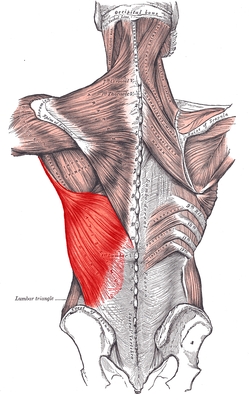
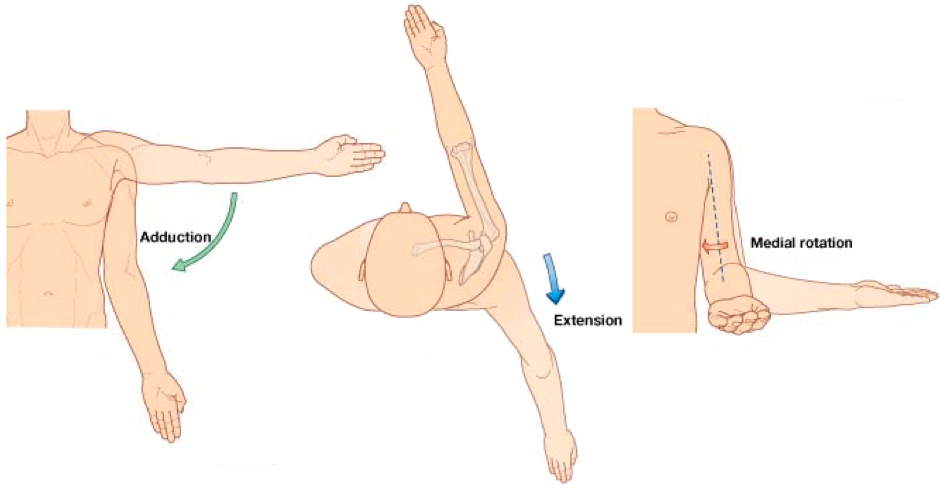
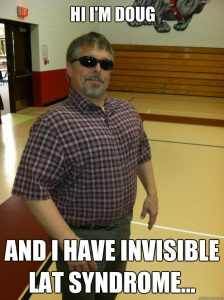
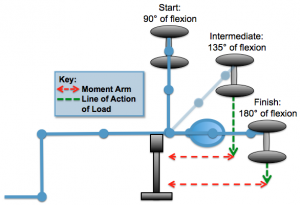
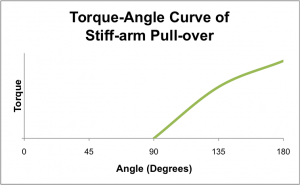
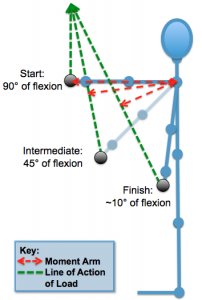

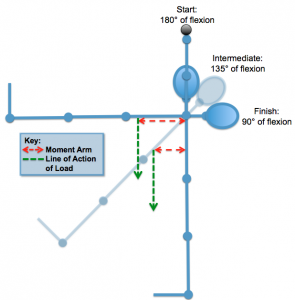

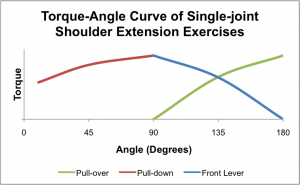
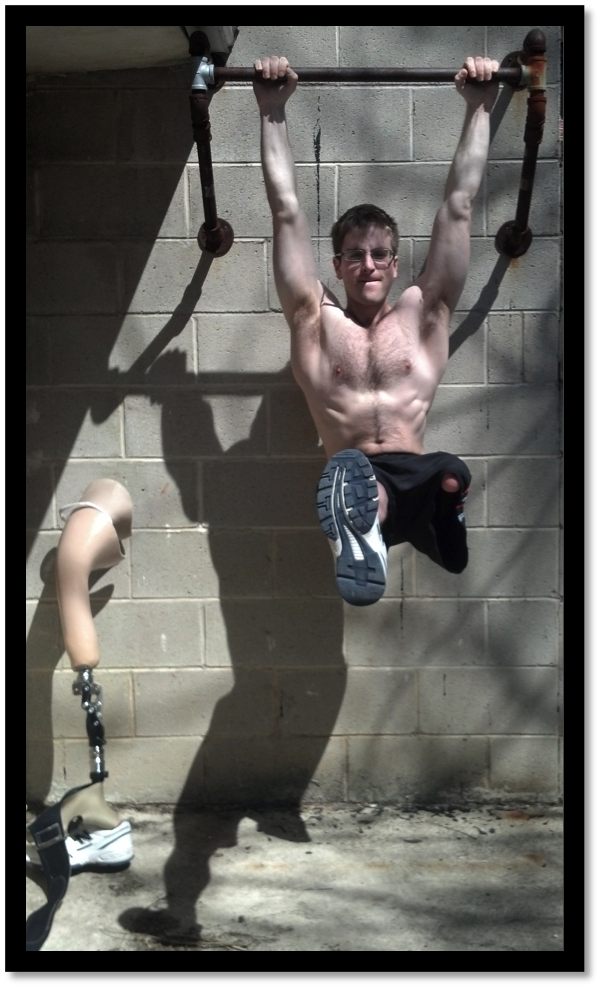
5 Responses to The Lats are the Glutes of the Upper Body